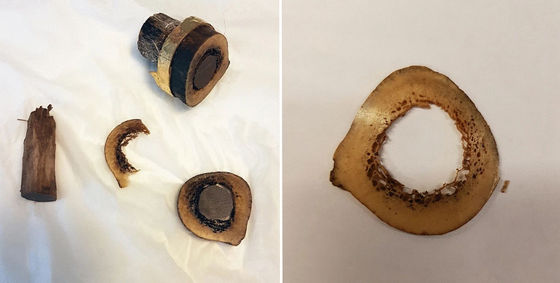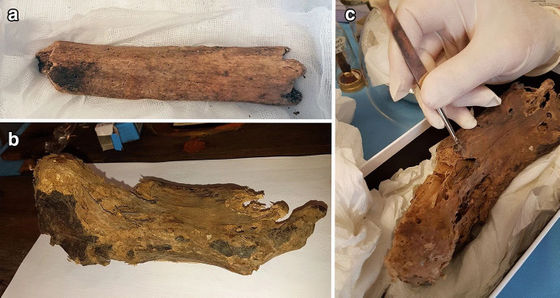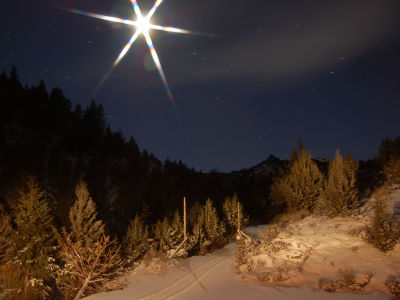Radiocarbon dating reveals that the relic 'Bone of the Apostle Jacob' is the bone of another person

The Church of Santi Apostoli in Rome, Italy, is also known as the 'Church of the Twelve Apostles' because it houses the relics of the
Investigations of the relics and altar materials relating to the apostles St James and St Philip at the Basilica dei Santi XII Apostoli in Rome | Heritage Science | Full Text
https://heritagesciencejournal.springeropen.com/articles/10.1186/s40494-021-00481-9
Scientific investigations of the believed remains of two apostles
https://www.sdu.dk/en/nyheder/forskningsnyheder/jesu-apostle-videnskabeligt-undersogt
Bones of St. James the Younger, one of the 12 apostles, belong to someone else | Live Science
https://www.livescience.com/st-james-relic-someone-else.html
According to a research team led by archaeologist Kale Land Rasmussen of the University of Southern Denmark, since Christianity became the official national religion of the Roman Empire in 380 AD, the bones and relics of Christian saints have been found in Rome from all over the world. It is said that it was collected in the church and stored in the church. The remains of the Church of Santi Apostoli are also believed to be the remains of St. James, who is said to have been an apostle and brother of Jesus Christ.
Below are some of the remains of the Santi Apostoli Church. An annular object fitted with a golden ring is a fragment of the thigh (roughly) bone of St. James.

Rasmussen and his team first extracted protein from the remains to determine the history of these relics. Next, amino acids were extracted from the protein and
As a result, it was found that the age of the sample taken from the remains of the church of Santi Apostoli is 'between 214 and 340 AD'. Similar results were obtained with collagen collected from bone at the same time as protein. From this result, the research team concluded that 'the owner of the remains is not the person of the time when Jesus Christ lived.'
Rasmussen said of the owner of the bone, 'The relic was not the bone of St. James, but it was a discovery that sheds light on the earliest Christian history with many unclear points. We have this bone in Santi.・ It is highly likely that the person dedicated to the Church of Apostoli believed that it was the remains of the real St. James, because the bones were taken out of the early Christian tombs due to the discovery of the bones. It seems that there is no doubt about it. '
In addition, there is a mummy in the church of Santi Apostoli, which is said to be the foot of Philip , who was one of the Twelve Apostles like St. James, but the research team is the age of Philip's foot because it is difficult to process before analysis. He said he gave up the measurement. The research team speculates that the mummy was also brought into the church in a similar fashion to the remains of St. James.

Related Posts:
in Science, Posted by log1l_ks







